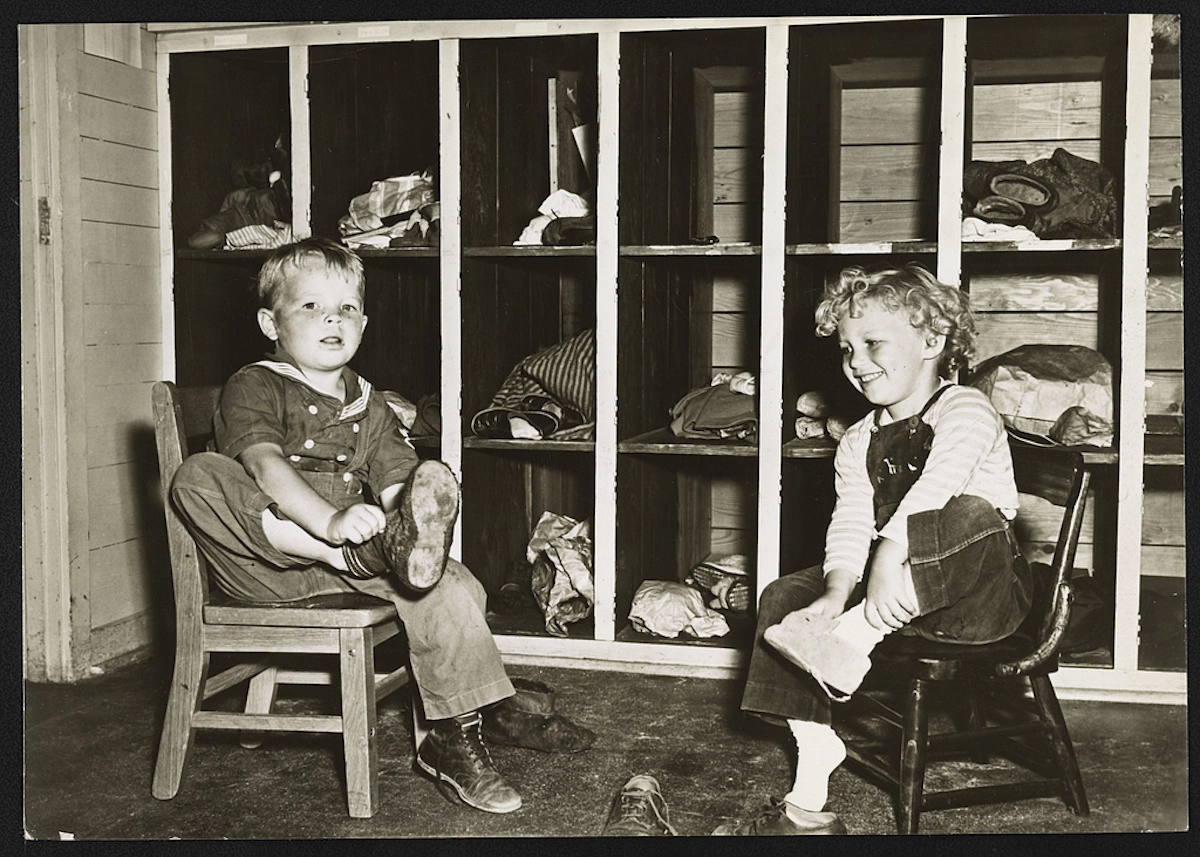
By Lawrence D. Weiss
Mom or Dad is at work all day, or out of the picture altogether. The spouse is at home taking care of the kiddos but needs to get out of the house to work or pursue an education.
There is just one obstacle, but it is a big one – day care. Throughout the nation, quality day care is hard to find and expensive.
Imagine the issue resolved.
Imagine that high quality day care is widely available and jaw-droppingly inexpensive at about $8 to $10 per child per day. Day care includes snacks and a hot lunch. It includes a ratio of 1 to 10, staff to children. And it includes basic health care.
The day care facility may be a new building specifically built as a fully equipped modern day care center, or it may be a local school building.
It opens early and stays open late to accommodate elastic work schedules. Some day care facilities are open 24 hours a day, six days a week. At the end of the day, select day care centers send home an evening meal for the parent and children.
Impossible but tantalizing daydream?
No, not a mere daydream — part of our American history. Parents demanded it. Politicians wanted it. And it was done. For a few brief years, the United States had a generously funded day care program across the nation.
Early in the 1940s the United States had hurled itself into war against the Axis powers. The men were gone, engaged in the war effort.
Graphics of Rosie the Riveter were everywhere, urging women to replace men in critical war industries. Maybe Rosie didn’t have children, or maybe she had a kindly mother who watched her children while she was hammering rivets.
But millions of real women were alone at home with their children. How could they work full-time in war industries and be full-time mothers at the same time?
As the New York Times reported in 2019:
“The major source of funding to remedy this came from the Lanham Act of 1940, which enabled a number of social programs during the war years. Beginning in 1942, the Lanham Act funded the Federal Works Agency to provide group child care in areas of “war impact.”
But far from instantly setting up a cheerful child care center on every block, the act created a complex patchwork of public and private entities, which in some cases sustained existing centers, and in others allowed communities to set up new ones.”
According to a report by the Congressional Research Service, even at the outset of the program the “need for the child care centers was estimated to be much greater than the services provided.”
Nevertheless, it was an extraordinary accomplishment:
“The wartime child care programs were locally planned … Overall, as many as 635 communities across the nation were granted funds to operate one or more centers. Projects included programs for preschool and school-age children. In July 1944, when the wartime child care program reached its apex, 52,440 preschoolers and 76,917 school-age children were enrolled.”
By mid-1945, it was clear that the Allies had won the war. The prevailing male sentiment was that it was time for Rosie the Riveter and her female factory colleagues to pack up and go back home.
They were urged to take their “traditional” place in the kitchen and give the factory jobs back to men. And to make sure the women did that, politicians immediately slashed funds for national day care, quickly dismantling the program.
Pushback ensued. Women and children demonstrated in the streets. There were write-in campaigns, according to the CRS report:
“Approximately one month after this announcement, the FWA [Federal Works Agency] reported it had received communications from 26 states and the District of Columbia (1,155 letters, 318 wires, 794 postcards and petitions signed by 3,647 individuals), urging continuation of the program. Principal reasons given were the need of servicemen’s wives to continue employment until their husbands returned, the ongoing need of mothers who were the sole support of their children, and a lack of inadequacy of other forms of care in the community.”
Nevertheless, sexism and discrimination prevailed.
Within a few short years most of the national day care program had been wiped out. Vestiges remained through the 1960s, mostly in California. Then the national day care program was entirely gone.
So here we are today.
Day care woes abound. Tax breaks and other marginal incentives of today cannot build a national day care program.
However, eight decades ago the Federal Works Agency did. We have the precedent and the need but lack politicians with the vision.
Like the S.C. Daily Gazette, Alaska Beacon is part of States Newsroom, a nonprofit news network supported by grants and a coalition of donors as a 501c(3) public charity. Alaska Beacon maintains editorial independence. Contact Editor Andrew Kitchenman for questions at info@alaskabeacon.com. Follow Alaska Beacon on Facebook and X.
Lawrence D. Weiss is a University of Alaska Anchorage professor emeritus of public health and creator of Alaska’s only master of public health program. He is the author of several books and numerous articles and has been executive director of a couple of Alaska nonprofits. Now retired in Anchorage, he writes articles for local newspapers and pens the occasional memoir or short story.









